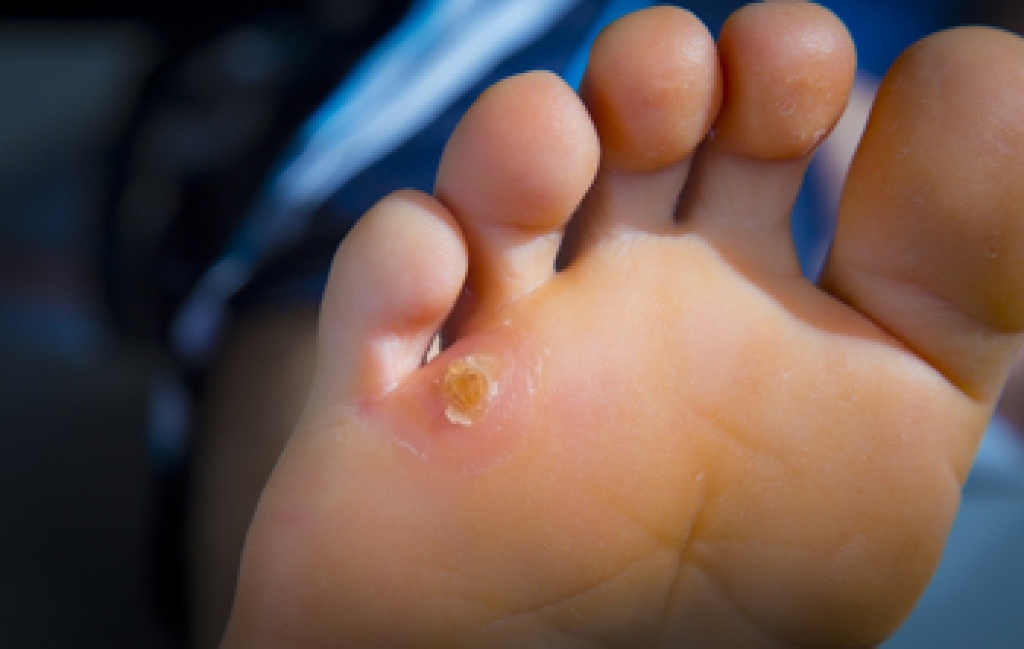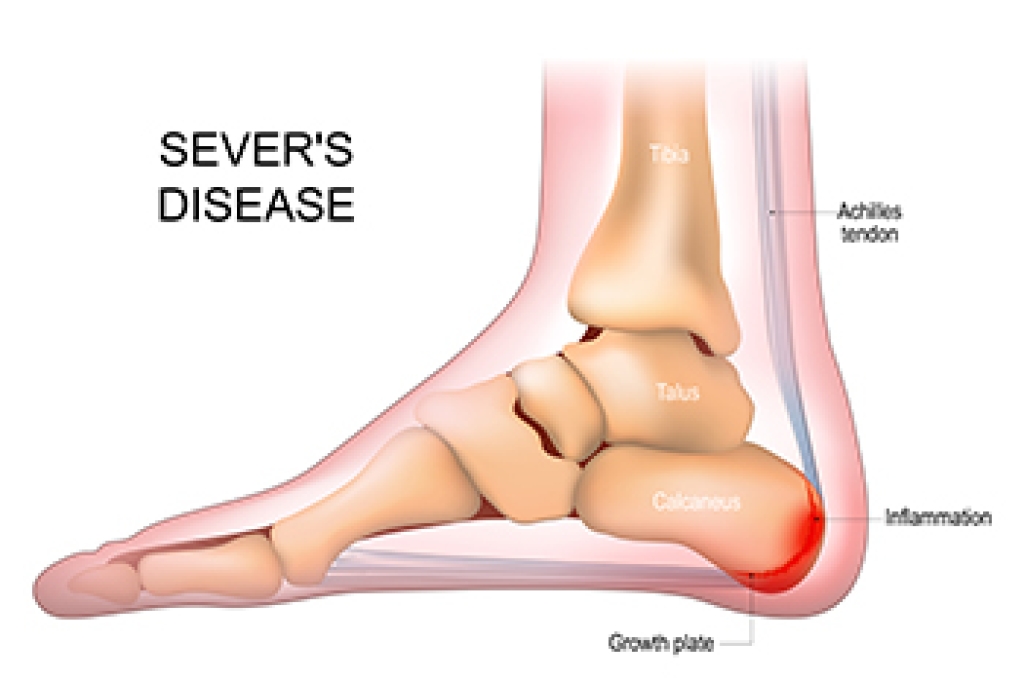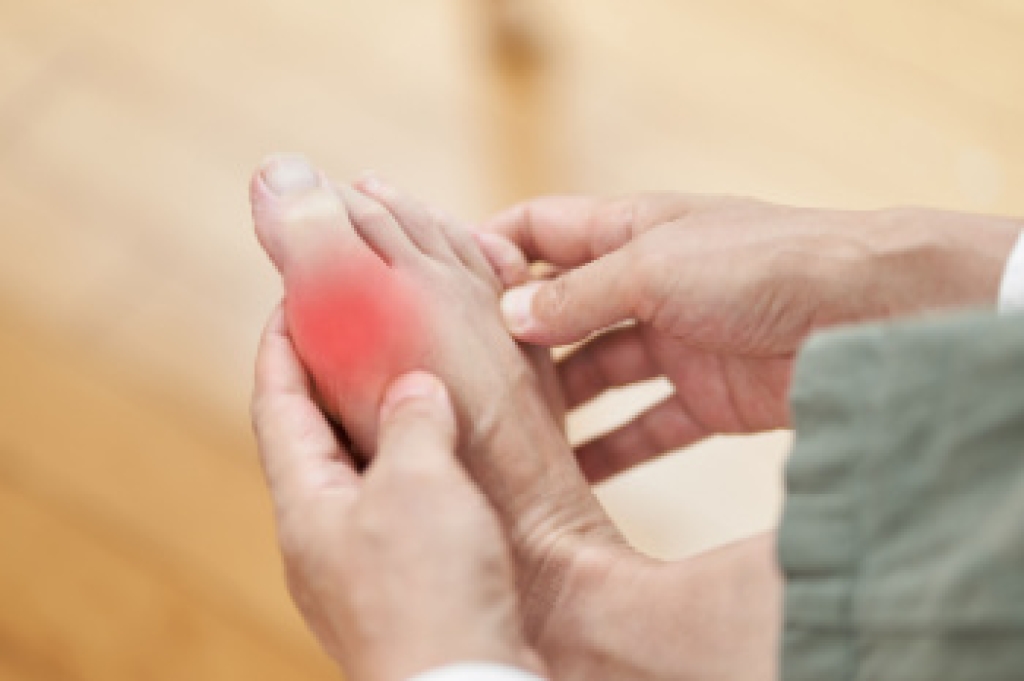
For individuals with severe or painful flat feet that do not respond to conservative treatments, surgery can offer significant benefits. Surgical correction aims to restore the natural arch, improve foot alignment, and relieve chronic pain that limits daily activities. By addressing the structural problems directly, surgery can lead to improved gait mechanics and better weight distribution across the foot. This helps reduce stress on the ankles, knees, hips, and lower back, often alleviating associated discomfort in these areas. Surgery also offers the potential for long-term correction, providing greater stability and preventing the progression of deformities. For many patients, successful surgical intervention can mean a return to a more active lifestyle. If you have flat feet that are causing you pain and discomfort, it is suggested that you are under the care of a podiatrist who can offer effective treatment solutions, which may include surgery.
Foot surgery is sometimes necessary to treat a foot ailment. To learn more, contact one of our podiatrists of Foot and Ankle Clinics, PA. Our doctors will assist you with all of your foot and ankle needs.
When Is Surgery Necessary?
Foot and ankle surgery is generally reserved for cases in which less invasive, conservative procedures have failed to alleviate the problem. Some of the cases in which surgery may be necessary include:
- Removing foot deformities like bunions and bone spurs
- Severe arthritis that has caused bone issues
- Cosmetic reconstruction
What Types of Surgery Are There?
The type of surgery you receive will depend on the nature of the problem you have. Some of the possible surgeries include:
- Bunionectomy for painful bunions
- Surgical fusion for realignment of bones
- Neuropathy decompression surgery to treat nerve damage
Benefits of Surgery
Although surgery is usually a last resort, it can provide more complete pain relief compared to non-surgical methods and may allow you to finally resume full activity.
Surgical techniques have also become increasingly sophisticated. Techniques like endoscopic surgery allow for smaller incisions and faster recovery times.
If you have any questions, please feel free to contact our offices located in Woodbury, West St. Paul, and Edina, MN . We offer the newest diagnostic and treatment technologies for all your foot care needs.




